Future of sea sponges not as bright as you might think
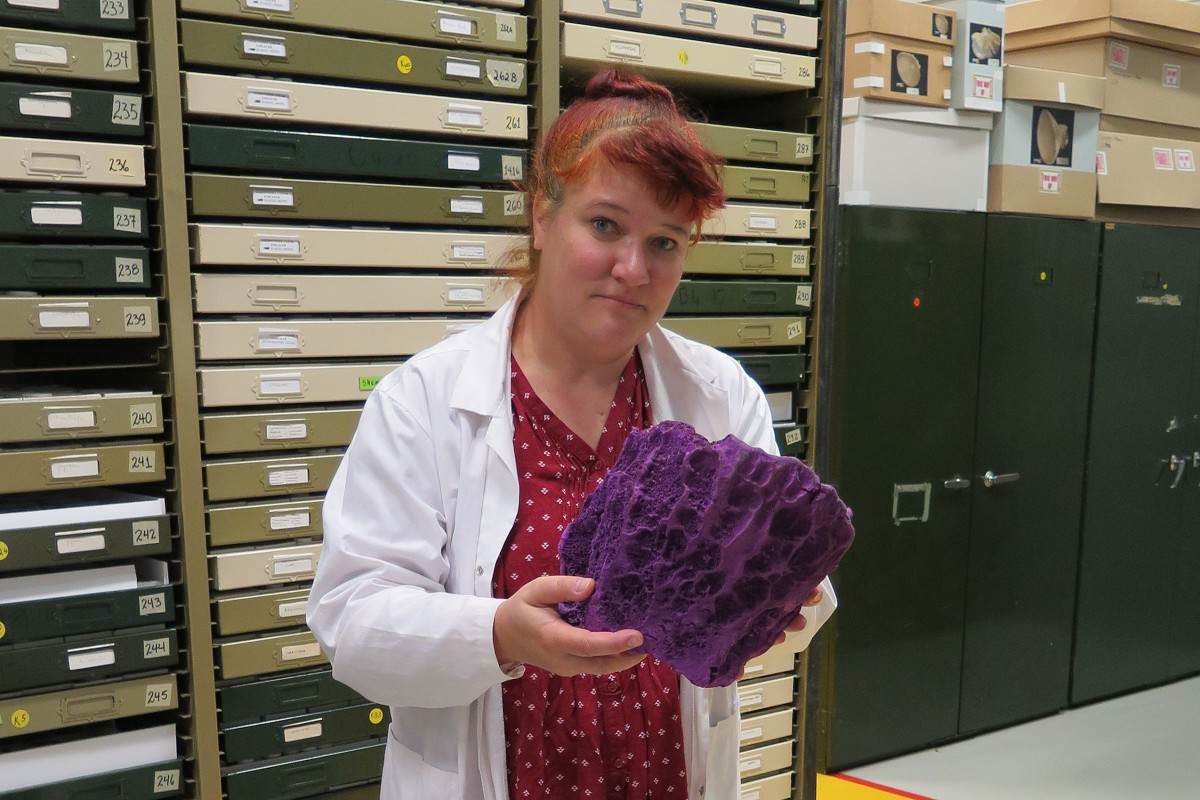
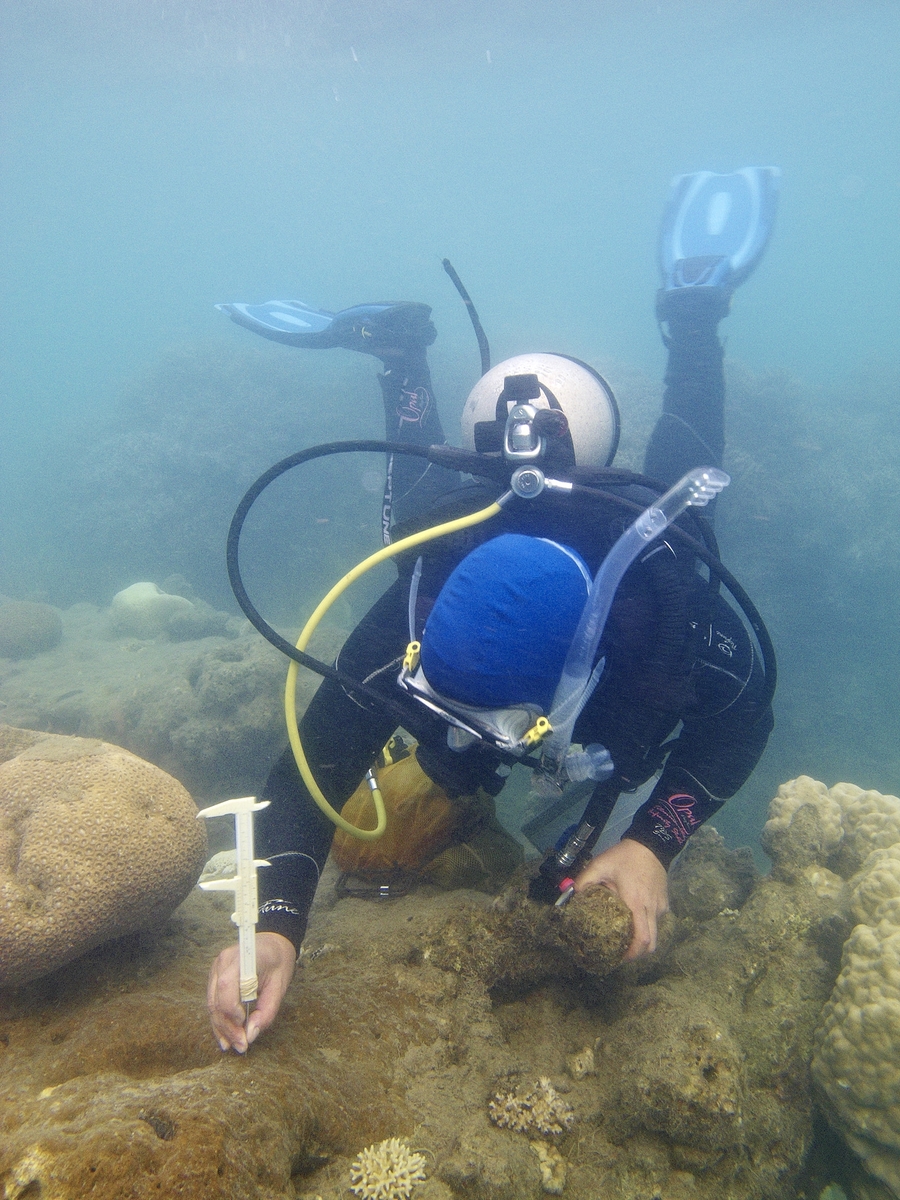
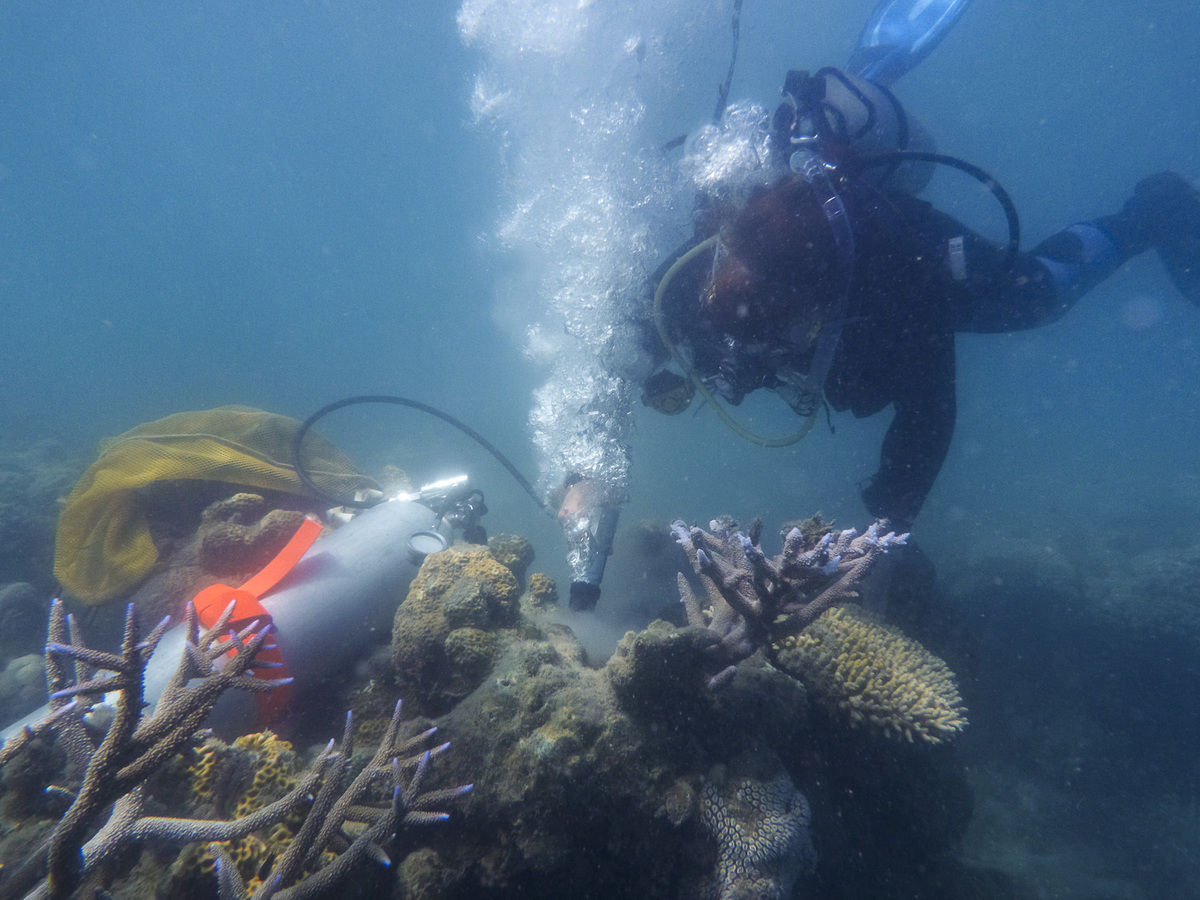
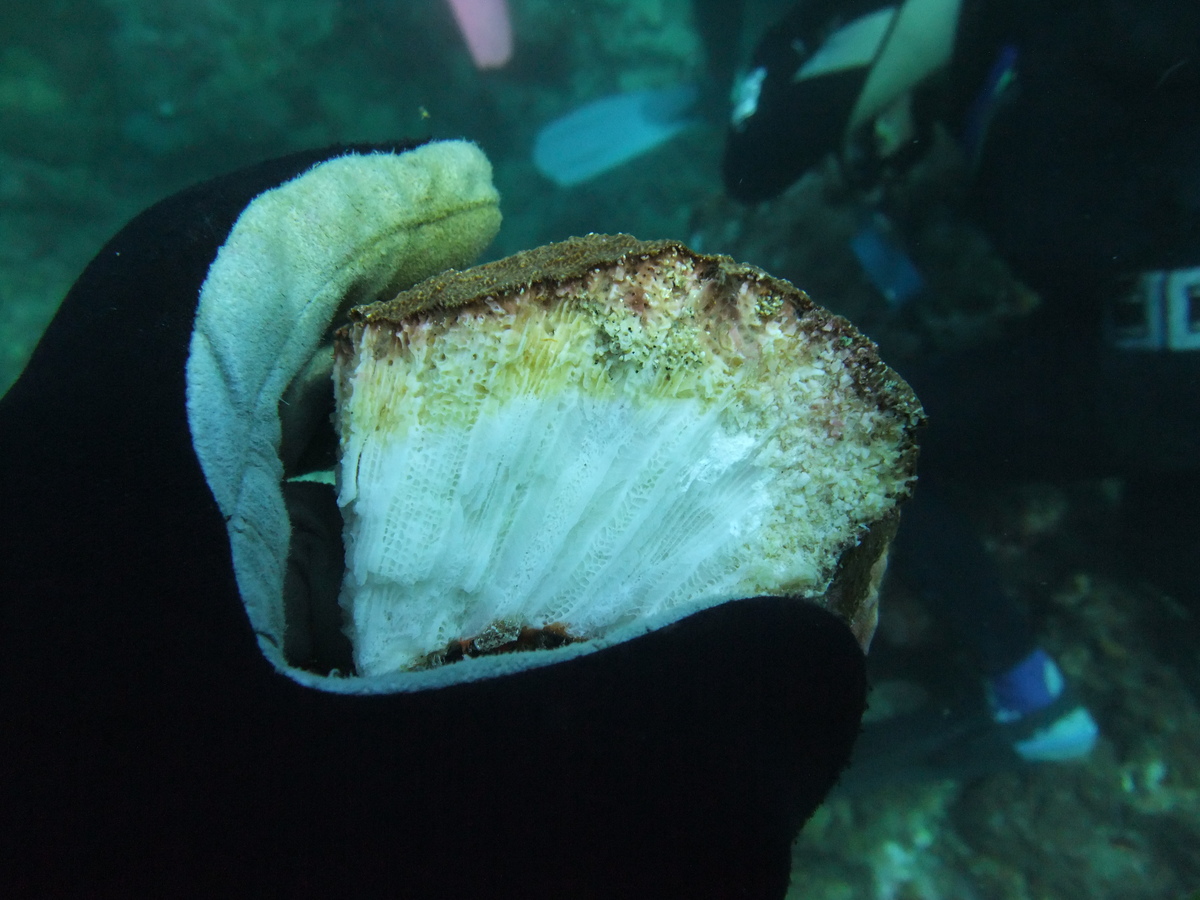
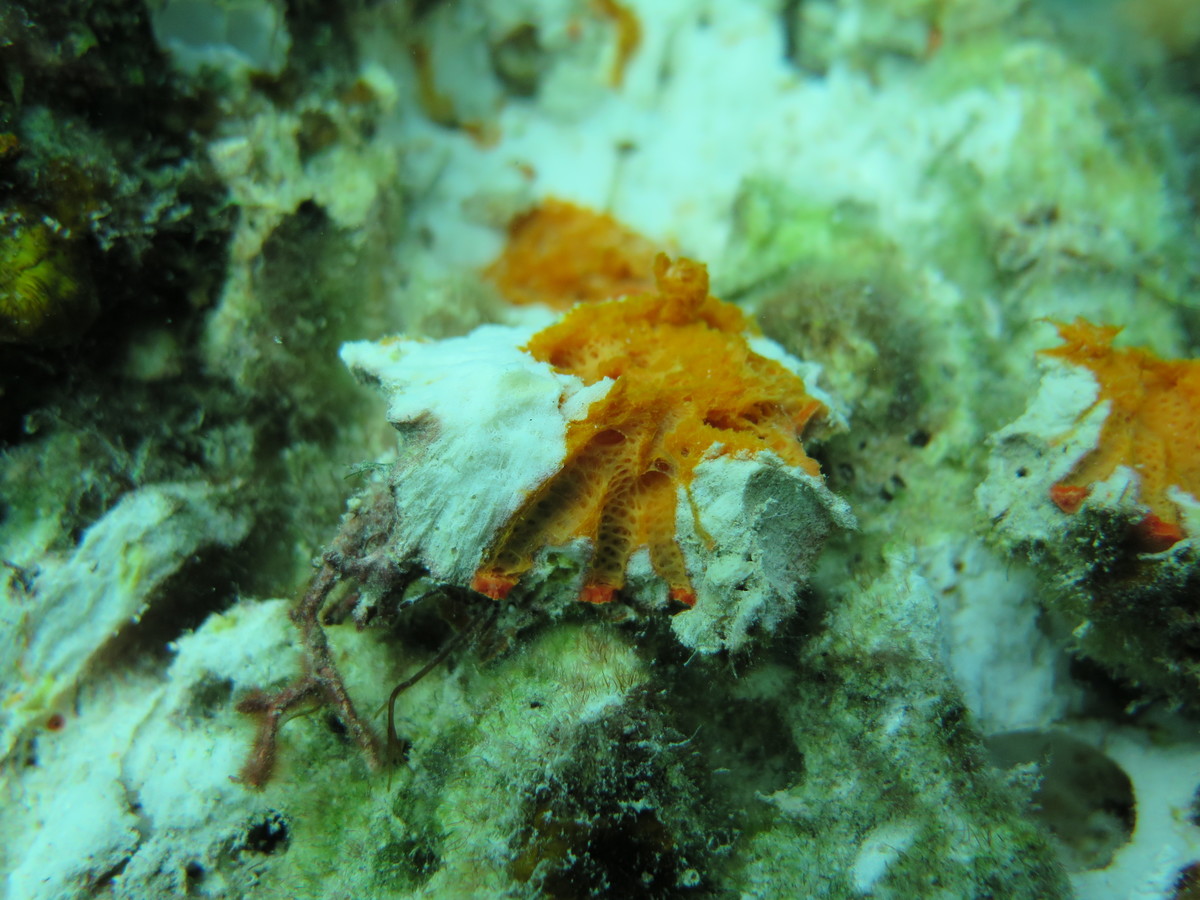
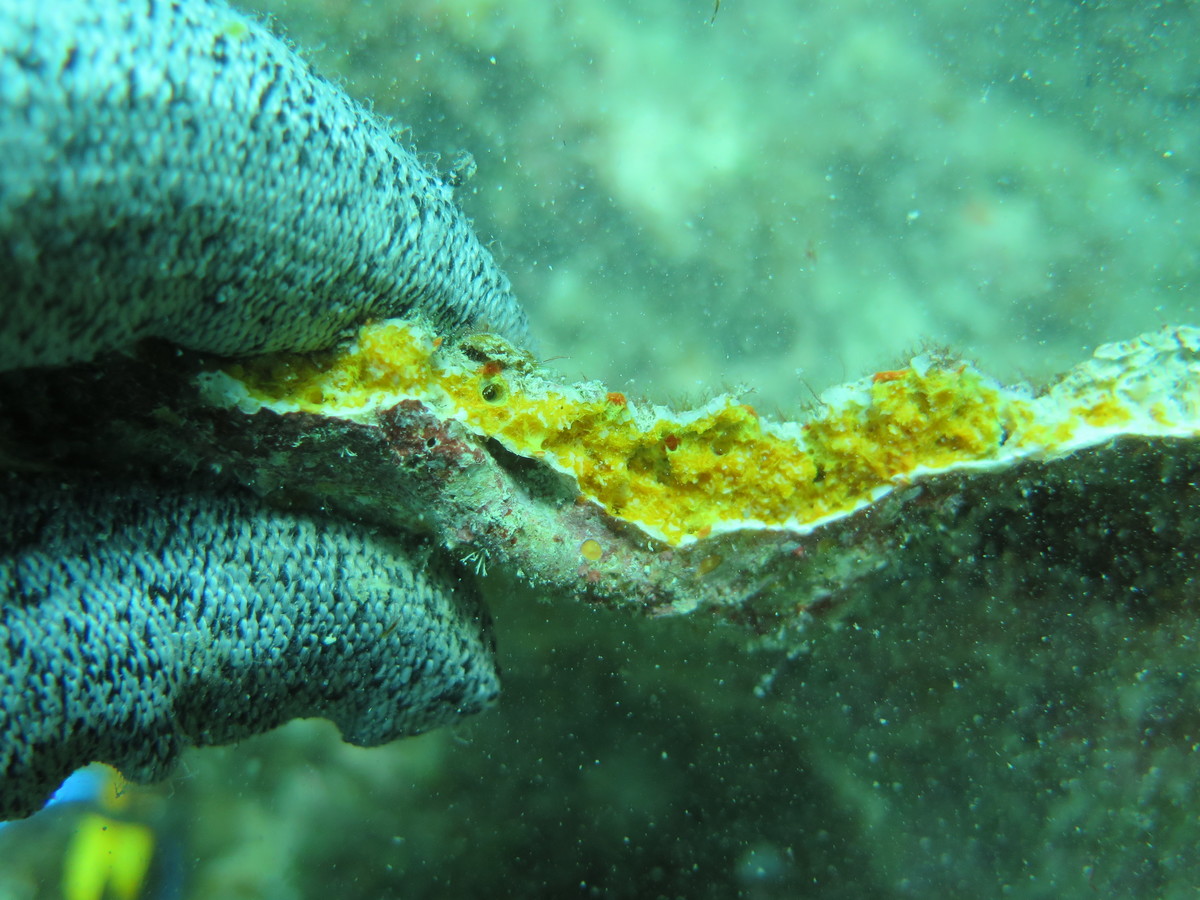
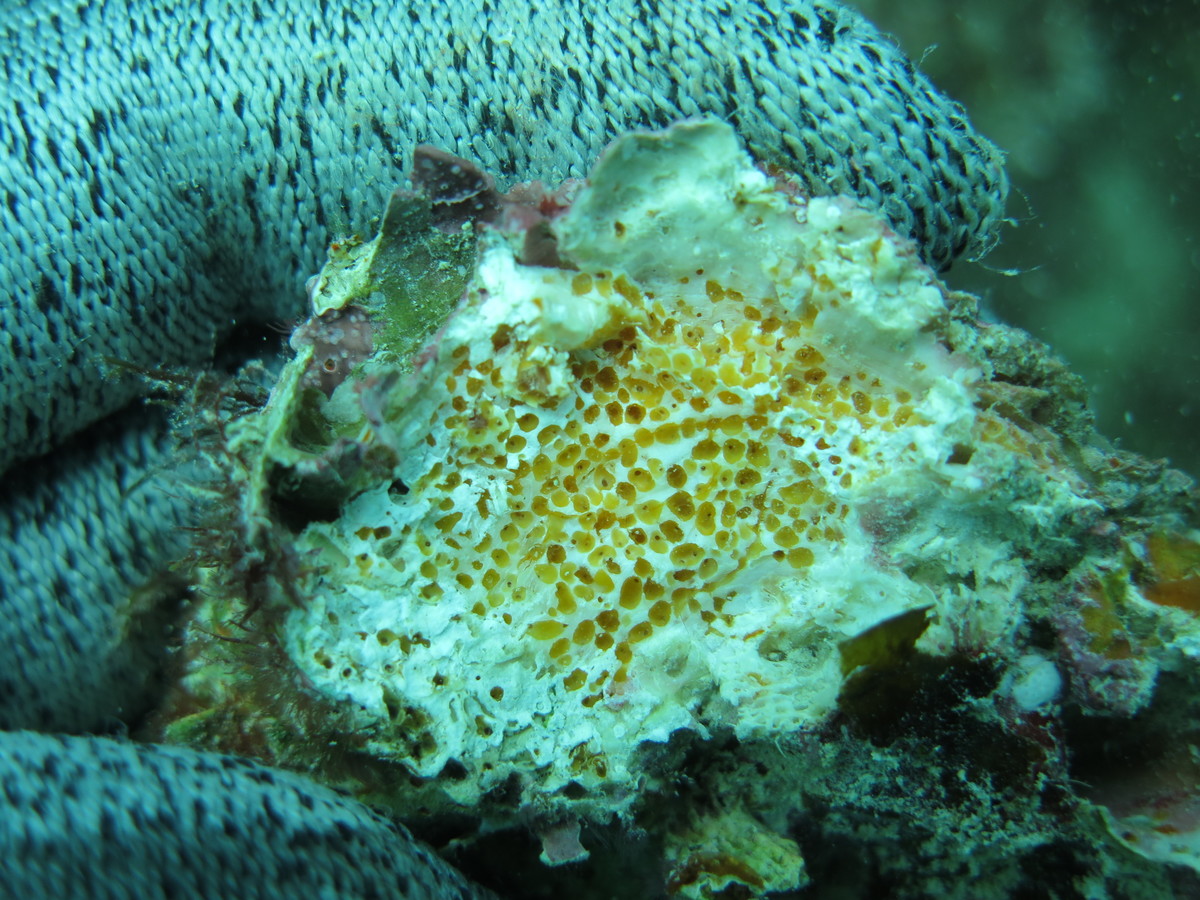
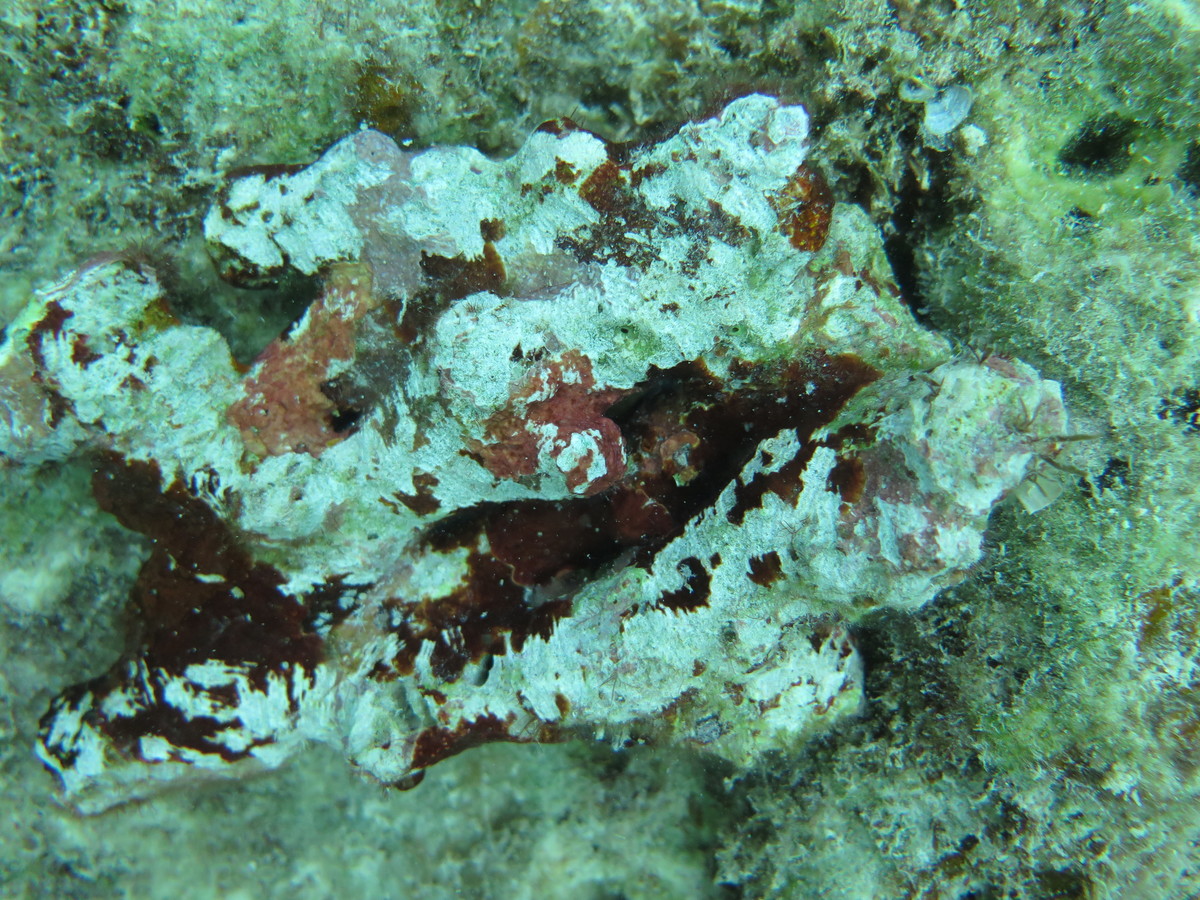
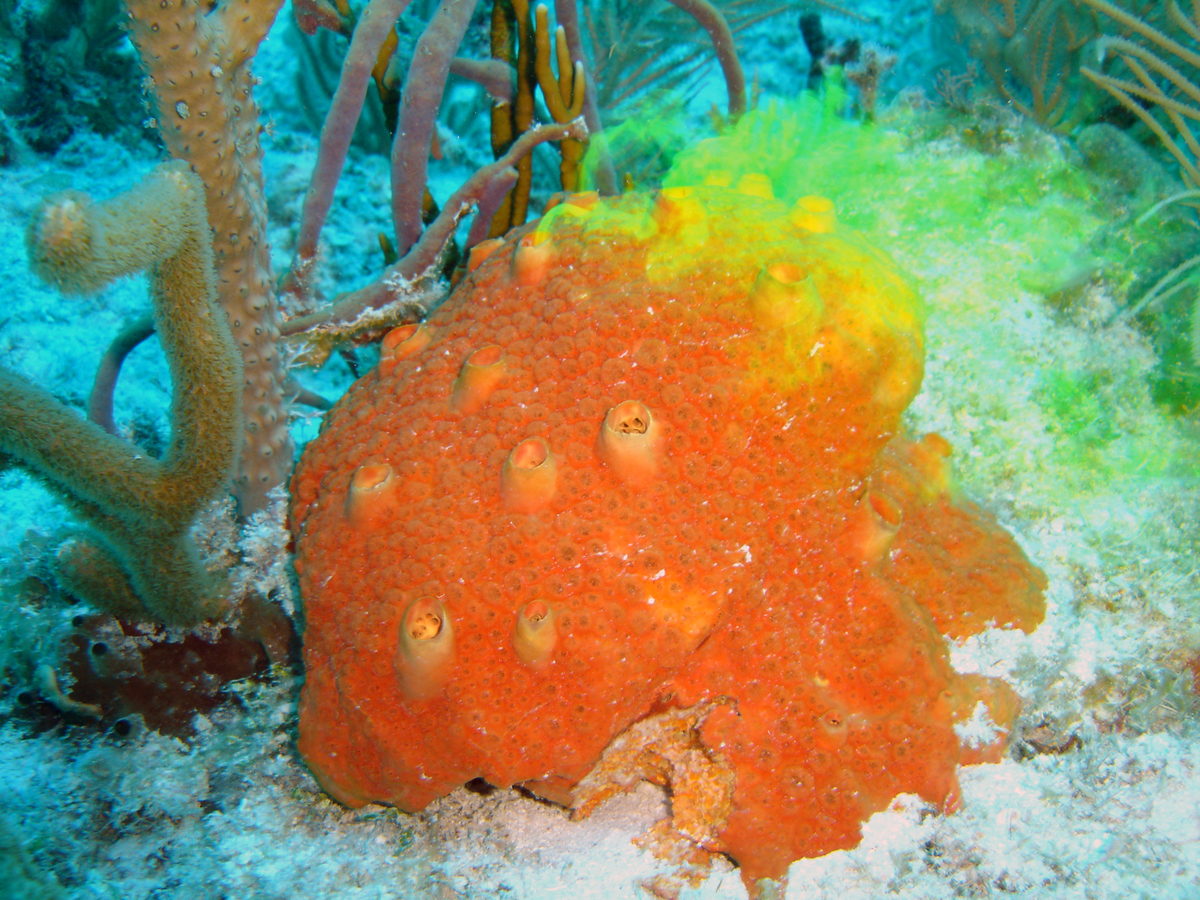
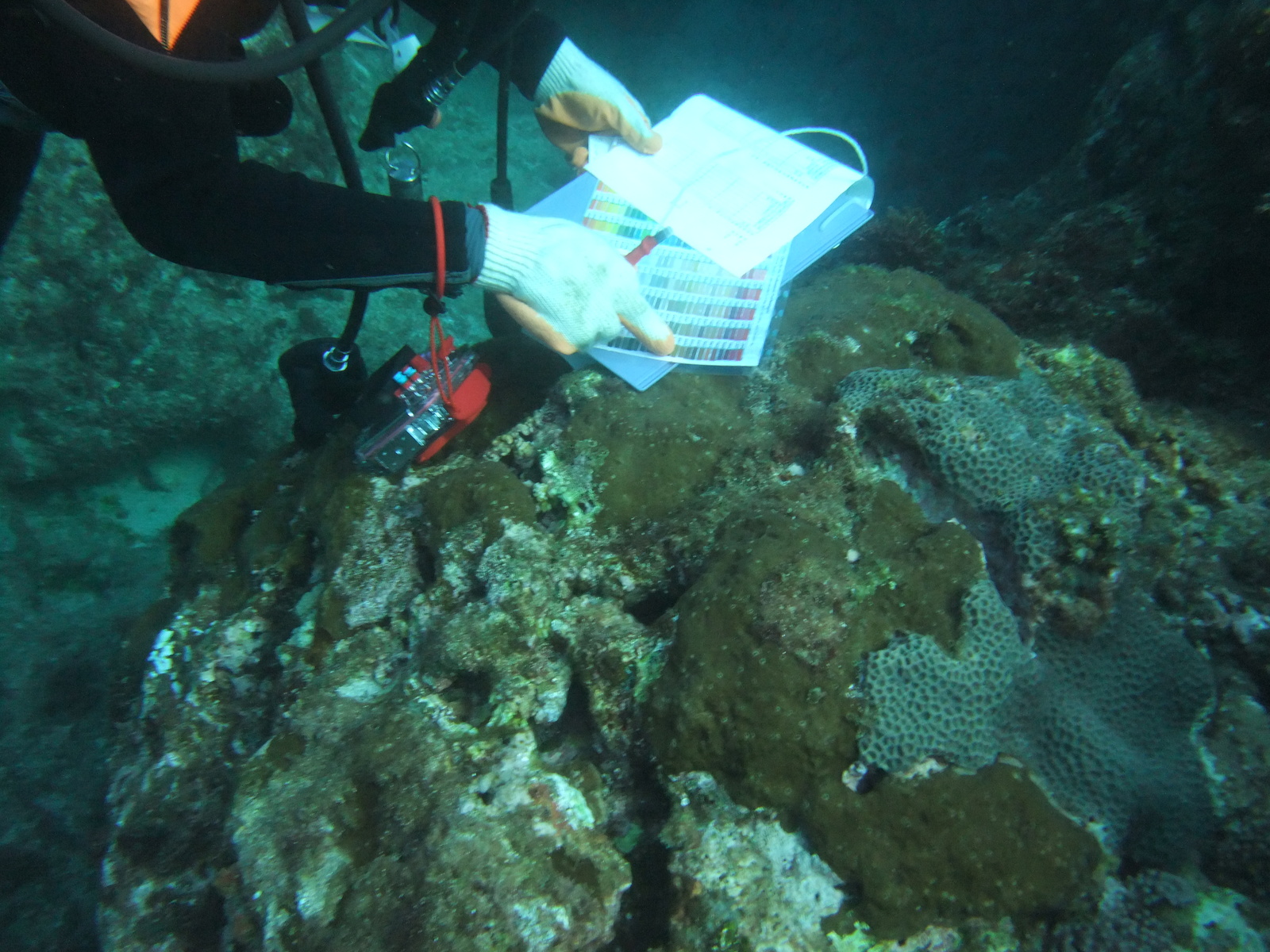
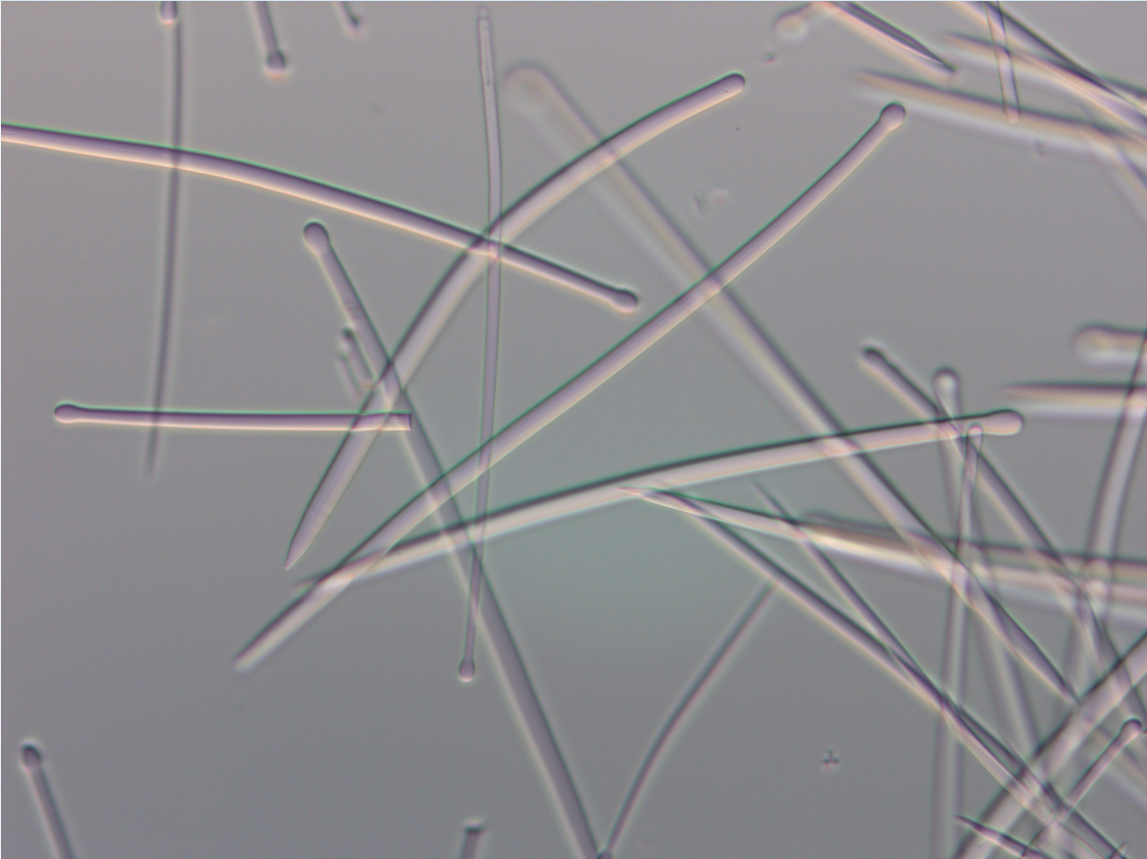
2021-04-01
Genetic tests confirm that sponges are among the earliest animals that appeared on earth. Thanks to excellent adaptability, sponges survived to this day and evolved to exist in very different habitats. However, the continuity of some sponge species is threatened by advancing environmental changes. “Environmental change can cause some species of sponges to die out, while others will survive, but these may not necessarily be the ’good guys’ that preserve beneficial ecological services in the environment”, says Associate Professor Christine Schönberg, an accomplished spongiologist.
Professor Schönberg has dedicated herself to sponge research for over 25 years: in her native Germany and in Australia, where she spent about 20 years and studied the Great Barrier Reef and coastal habitats. She now continues in Taiwan, where she just recently moved to join the faculty of the Department of Oceanography at NSYSU and teaches undergraduate courses in Marine Ecology and Marine Biology. She has described 8 new species of sponges so far, redescribed others and provided new records for occurrences. However, looking into ecological functions is what makes her the happiest. Apart from sponge biology, Professor Schönberg also works on benthic ecology, with a keen interest in responses to environmental change.
The ocean, especially deep waters, is a relatively safe and stable environment, favorable to the survival of ancient species. The marine habitat may be a reason why an enormous variety of sponges, or Porifera, have lived through climate change and mass extinctions to this day, explained Schönberg. The World Porifera Database reports a total of over 9,370 valid species (2021). Sponges grow in all climates and geographical regions, from the tropical zone to the freezing waters of Antarctica, in both shallow and deep waters. Though a few species are carnivorous, by far most sponges are like water filters – they suck water into their porous bodies, filter it and take what they need for food and oxygen, and then eject the water, usually from the top. The majority of sponges lives in marine waters, but a small number prefer freshwater – some even grow on trees in South America and only come alive seasonally when the river floods, says Professor Schönberg.
But Professor Schönberg’s main interest is bioerosion - the degradation of hard materials by living organisms, here sponges. “They act like tooth decay” and grow into coral skeleton for shelter. Bioeroding sponges settle on dead corals, dissolve and perforate their calcium carbonate skeletons with acid, and sometimes grow into live corals and kill them. As we burn fossil fuels and emit large amounts of CO2, more carbonic acid accumulates in the ocean, lowering its pH and making it easier for these sponges to bioerode. They save plenty of energy to grow, reproduce and become more plentiful, and to erode faster, says Schönberg. With the CO2 emissions left unchecked, the average pH of global oceans will further drop from present-day above 8.1 to below 7.8 by the end of the century, according to the estimations of Climate Change 2013: The Physical Science Basis by the Intergovernmental Panel on Climate Change of the United Nations. This does not only facilitate bioerosion, but also makes calcification more difficult, adding to the threats for coral reefs. The death of corals fuels assumptions that sponges will gradually replace ailing coral reefs.
But this is not that simple as there is one more actor on the stage.
“Global warming changes large-scale ocean current patterns and increases the frequency of heat events. During such events upwelling is impaired, so that nutrient-rich and colder deep-sea water will not be drawn to the surface, thereby depriving marine organisms of nutrients and cooling.” This can lead to severe marine mortality events and to the destabilization of marine ecosystems. “Imagine you are locked in a metal container sitting in the sun, and no wind – many benthic organisms cannot move away when it becomes uncomfortable or dangerous,” Professor Schönberg explained. As any living creature, marine organisms have physiological limits and can die of heat, especially when they have photosynthetic symbionts that malfunction in heat – and many sponges host microbial photosynthetic symbionts, such as cyanobacteria or dinoflagellates, says Professor Schönberg. Being filter feeders, sponges may have some advantage over corals, because they cool themselves with water flow. Nevertheless, mortality of sponges due to extreme heat events have been reported from different oceans, but in this context research on corals is far more advanced.
What will happen as the effects of climate change aggravate? Professor Schönberg plans to collect more samples of bioeroding sponges from Taiwan and place them in separate tanks together with corals to test their responses to different levels of temperature and pH, including conditions from 200 years ago. Then, she will compare the rates of bioerosion (sponges) against the calcification (corals). This experiment will help Schönberg to predict what the future will bring for coral reef growth and degradation, depending on the level of climate change, and to recommend how much we need to reverse the present trend.
Sponges and other bioeroders that break down calcium carbonate are not only a problem for corals, but also for the shells of molluscs. Bioerosion causes large financial damage in aquaculture such as pearl oyster farming. Bioerosion-perforated shells become weakened and vulnerable to predators and physical damage, and unattractive as a souvenir or as the container edible oysters are served in. When sponges bore through the entire oyster shell, they make the oyster sick or kill it. Bioerosion will cause the oyster to spend its energy on protecting itself instead of on growing the pearl, which is a great problem for pearl farmers. Professor Schönberg is currently assessing the sponge species infesting shells from an Australian pearl farm, looking for better solutions to this problem than the repeated scrubbing of the shell surfaces by hand.
Global climate change is advancing, it affects biological and human livelihoods and will have a profound impact on marine organisms. Professor Schönberg will continue studying the taxonomy and ecophysiology of bioeroding sponges to better understand their role in the natural environment and contribute to the research of benthic ecology.
Genetic tests confirm that sponges are among the earliest animals that appeared on earth. Thanks to excellent adaptability, sponges survived to this day and evolved to exist in very different habitats. However, the continuity of some sponge species is threatened by advancing environmental changes. “Environmental change can cause some species of sponges to die out, while others will survive, but these may not necessarily be the ’good guys’ that preserve beneficial ecological services in the environment”, says Associate Professor Christine Schönberg, an accomplished spongiologist.
Professor Schönberg has dedicated herself to sponge research for over 25 years: in her native Germany and in Australia, where she spent about 20 years and studied the Great Barrier Reef and coastal habitats. She now continues in Taiwan, where she just recently moved to join the faculty of the Department of Oceanography at NSYSU and teaches undergraduate courses in Marine Ecology and Marine Biology. She has described 8 new species of sponges so far, redescribed others and provided new records for occurrences. However, looking into ecological functions is what makes her the happiest. Apart from sponge biology, Professor Schönberg also works on benthic ecology, with a keen interest in responses to environmental change.
The ocean, especially deep waters, is a relatively safe and stable environment, favorable to the survival of ancient species. The marine habitat may be a reason why an enormous variety of sponges, or Porifera, have lived through climate change and mass extinctions to this day, explained Schönberg. The World Porifera Database reports a total of over 9,370 valid species (2021). Sponges grow in all climates and geographical regions, from the tropical zone to the freezing waters of Antarctica, in both shallow and deep waters. Though a few species are carnivorous, by far most sponges are like water filters – they suck water into their porous bodies, filter it and take what they need for food and oxygen, and then eject the water, usually from the top. The majority of sponges lives in marine waters, but a small number prefer freshwater – some even grow on trees in South America and only come alive seasonally when the river floods, says Professor Schönberg.
But Professor Schönberg’s main interest is bioerosion - the degradation of hard materials by living organisms, here sponges. “They act like tooth decay” and grow into coral skeleton for shelter. Bioeroding sponges settle on dead corals, dissolve and perforate their calcium carbonate skeletons with acid, and sometimes grow into live corals and kill them. As we burn fossil fuels and emit large amounts of CO2, more carbonic acid accumulates in the ocean, lowering its pH and making it easier for these sponges to bioerode. They save plenty of energy to grow, reproduce and become more plentiful, and to erode faster, says Schönberg. With the CO2 emissions left unchecked, the average pH of global oceans will further drop from present-day above 8.1 to below 7.8 by the end of the century, according to the estimations of Climate Change 2013: The Physical Science Basis by the Intergovernmental Panel on Climate Change of the United Nations. This does not only facilitate bioerosion, but also makes calcification more difficult, adding to the threats for coral reefs. The death of corals fuels assumptions that sponges will gradually replace ailing coral reefs.
But this is not that simple as there is one more actor on the stage.
“Global warming changes large-scale ocean current patterns and increases the frequency of heat events. During such events upwelling is impaired, so that nutrient-rich and colder deep-sea water will not be drawn to the surface, thereby depriving marine organisms of nutrients and cooling.” This can lead to severe marine mortality events and to the destabilization of marine ecosystems. “Imagine you are locked in a metal container sitting in the sun, and no wind – many benthic organisms cannot move away when it becomes uncomfortable or dangerous,” Professor Schönberg explained. As any living creature, marine organisms have physiological limits and can die of heat, especially when they have photosynthetic symbionts that malfunction in heat – and many sponges host microbial photosynthetic symbionts, such as cyanobacteria or dinoflagellates, says Professor Schönberg. Being filter feeders, sponges may have some advantage over corals, because they cool themselves with water flow. Nevertheless, mortality of sponges due to extreme heat events have been reported from different oceans, but in this context research on corals is far more advanced.
What will happen as the effects of climate change aggravate? Professor Schönberg plans to collect more samples of bioeroding sponges from Taiwan and place them in separate tanks together with corals to test their responses to different levels of temperature and pH, including conditions from 200 years ago. Then, she will compare the rates of bioerosion (sponges) against the calcification (corals). This experiment will help Schönberg to predict what the future will bring for coral reef growth and degradation, depending on the level of climate change, and to recommend how much we need to reverse the present trend.
Sponges and other bioeroders that break down calcium carbonate are not only a problem for corals, but also for the shells of molluscs. Bioerosion causes large financial damage in aquaculture such as pearl oyster farming. Bioerosion-perforated shells become weakened and vulnerable to predators and physical damage, and unattractive as a souvenir or as the container edible oysters are served in. When sponges bore through the entire oyster shell, they make the oyster sick or kill it. Bioerosion will cause the oyster to spend its energy on protecting itself instead of on growing the pearl, which is a great problem for pearl farmers. Professor Schönberg is currently assessing the sponge species infesting shells from an Australian pearl farm, looking for better solutions to this problem than the repeated scrubbing of the shell surfaces by hand.
Global climate change is advancing, it affects biological and human livelihoods and will have a profound impact on marine organisms. Professor Schönberg will continue studying the taxonomy and ecophysiology of bioeroding sponges to better understand their role in the natural environment and contribute to the research of benthic ecology.
Click Num:
Share
